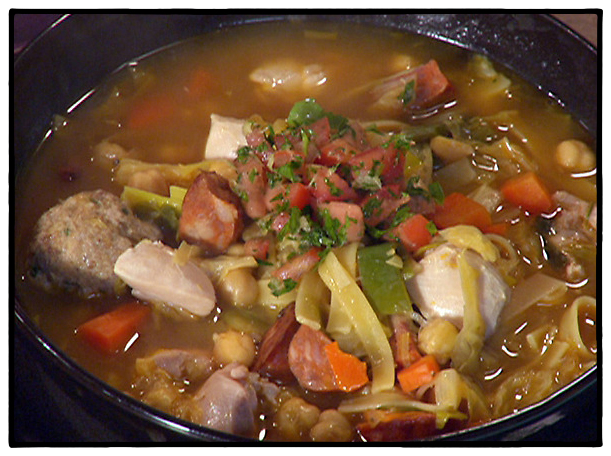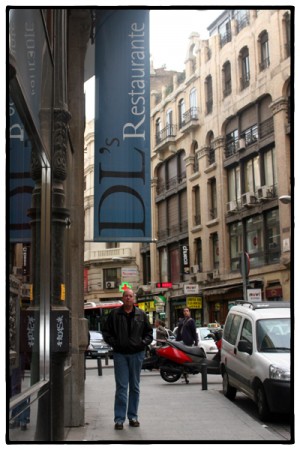
This Trader Joe's "Spanish Saffron" isn't grown in Spain either. But at least it only costs half as much as the so-called Spanish saffron in Madrid.
This afternoon we are flying to Santiago de Compostela. So in the morning Eva and I go to the Mercado de San Miguel. She wants to pick up some Spanish saffron to take home for presents.
“You know Spanish saffron isn’t really from Spain,” I tell her as we negotiate the crowd looking for stalls selling azafrán.
“What?” she says. “Are you crazy? Why do you think it is called Spanish azafrán?”
“Because it is sold in Spain.”
We have found a woman selling saffron in little plastic cases. It is ten euros for one gram, 25 euros for three grams. Eva buys two of the three gram containers. Holding them up in front of my face so I can clearly see the label, she says, “Spanish azafrán—the best in the world.”
“It’s from Iran,” I tell her. “Or maybe Afghanistan. It’s definitely not from Spain.”
Eva is outraged. In Spanish, she tells the woman who just sold her the saffron that I told her it came from Iran. The old woman shrugs her shoulder and looks away, neither confirming nor denying. “Esto viene de España, ¿no?” says Eva, pointing at the containers of saffron.
The old woman points to the label that says Spanish azafrán. “Eso es lo que dice,” she says.
“There,” says Eva. “You see? She said it is from Spain.”
“No she didn’t. She says that it says it’s Spanish azafrán. That doesn’t mean it was grown in Spain. Look it up. No one grows saffron in Spain anymore. The labor is too expensive. It all comes from Afghanistan and Iran. And is then packaged in Spain. So they can call it Spanish azafrán. Even though it’s not.”
“I don’t believe you,” says Eva as we leave the mercado.
“Fine. Don’t believe me.”
Eva puts the packages of saffron in her purse. We walk several blocks without talking before she says, “That was for my mother, you know.”
“It’s still a nice gift,” I tell her.
“Yes, just not as nice as it was before we went to the market. Thanks a lot.”
Okay, maybe I should have kept my mouth shut. I mean, it is good saffron. But the thing is, it’s not Spanish saffron. Not anymore it’s not.





Recent Comments